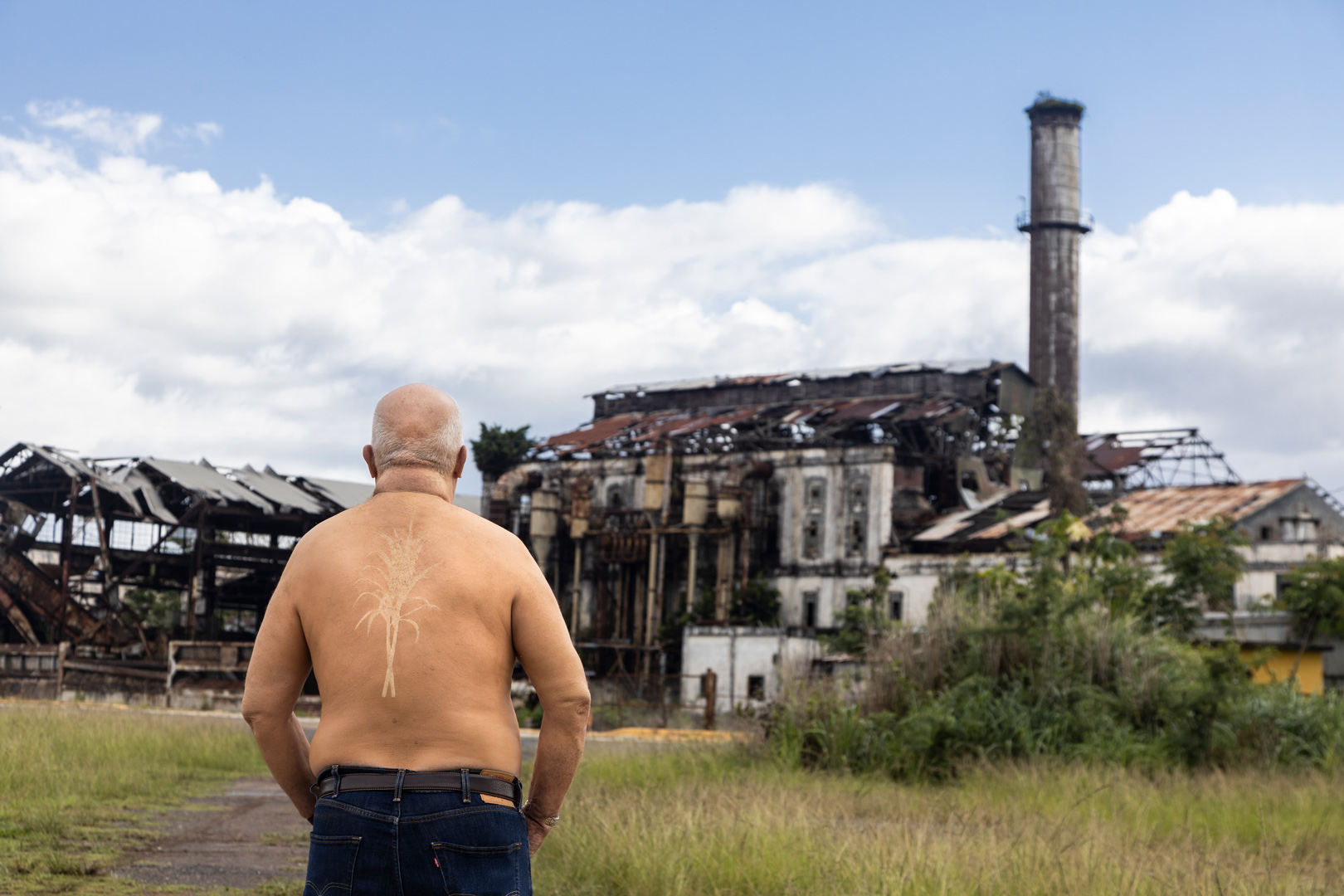EDUCATIONEVENTSMUSEUM

Among Ruins: Contemporary Art from Puerto Rico
Among Ruins brings together the work of 27 artists who create with discarded materials, place their bodies in decaying spaces, or depict abandoned landscapes that make visible the consequences of unplanned development. The concept of ruin is polysemic—especially in Puerto Rico, where physical ruin is accompanied by fiscal and political decline. In these artworks, architecture, construction, and everyday objects play leading roles.
Construction and architecture have long been associated with progress, development, and modernity on our island. The artists in this exhibition portray the diversity of ruins in our environment, including domestic and public architecture alike, while compelling the audience to ask difficult questions about the value of construction in relation to the environment—or even about who progress is really for.
The human body appears sporadically in performances and some photographs, inhabiting the ruins. But most of the artworks exhibit extraordinary restraint, allowing just the spaces to evoke our presence. Moreover, the materials used in some pieces remind us that we live in this precariousness, transforming discarded objects into raw material.
Ruins are dangerous. They can turn poverty into a spectacle—or worse, into a consumable aesthetic: an image to be shared on social media. Ruined spaces also lend themselves to nostalgic narratives of the “better past.” For some, however, they represent sites of opportunity that enable radical change—sometimes for profit, sometimes for transformation. Many of the artists in this exhibit are concerned with fostering that sense of transformation not only in their art, which carries a political seed, but also through the creation of nonprofit entities, public site interventions, and community initiatives that include workshops and exhibition spaces – efforts that collectively reclaim and recontextualize neglected or abandonded spaces.